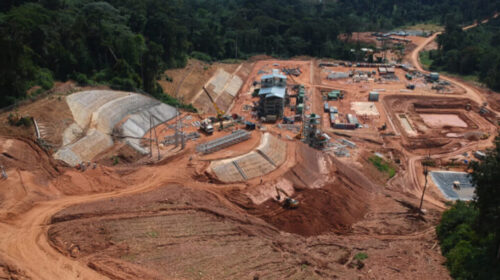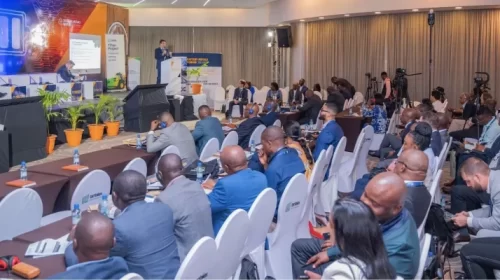Glencore’s Mutanda Mine Faces Cobalt Output Decline Due to Ore Depletion
Glencore’s Mutanda mine in Congo is confronting a significant reduction in cobalt production, projected to be up to 15% less per year, according to sources familiar with the situation.
The decline in cobalt output at Mutanda is attributed to diminishing surface oxide ore deposits. To tackle this challenge, Glencore is exploring the necessity of investing in the extraction and processing of sulphide ores located deeper underground, as indicated by the sources.
The London-based mining company is currently engaged in a comprehensive feasibility study aimed at evaluating the required investment and the viability of such an undertaking. However, Glencore declined to provide any official comments regarding these developments.
Nevertheless, committing to additional investments might elevate production costs at Mutanda, particularly during a period marked by subdued cobalt prices.
Cobalt metal, priced at approximately $16 per pound, has encountered a drastic reduction since June 2022, partially attributed to a slowdown in demand within the electric vehicle sector.
This anticipated drop in cobalt production at Mutanda could lead Glencore to revise its estimated output downward by 5,000 metric tons by 2024, as disclosed by two of the sources. The company presently aims to produce around 38,000 tons for the current year.
Typically issuing investor guidance updates in December, Glencore has opted to forgo an Investor Day this year. Instead, the company plans to reveal its 2024 guidance details in a routine update next year.
In August, Glencore disclosed that it had accumulated cobalt stockpiles during the initial half of the year, deliberately reducing market supplies to stabilize the plummeting prices.
The price decline was further propelled by the resumption of cobalt and copper shipments from China’s CMOC Group Tenke Fungurume mine (TFM) in July after a one-year hiatus.
The foreseeable price trajectory remains uncertain due to the industry’s shift towards more cost-efficient lithium iron phosphate (LFP) batteries and away from those reliant on nickel, cobalt, and manganese (NCM) cathodes, particularly noticeable in China.
Macquarie analysts anticipate a surplus of 17,000 tons this year in a market estimated at around 210,000 tons, with a surplus of 18,600 tons anticipated in 2024.
Cobalt, sourced predominantly from the Democratic Republic of Congo (DRC), is extracted in hydroxide form as a byproduct of copper production.
It plays a crucial role in extending the range and lifespan of electric vehicle batteries, recognized as a critical mineral by the United States and Europe.
SOURCE:mining.com
153 total views , 1 views today





